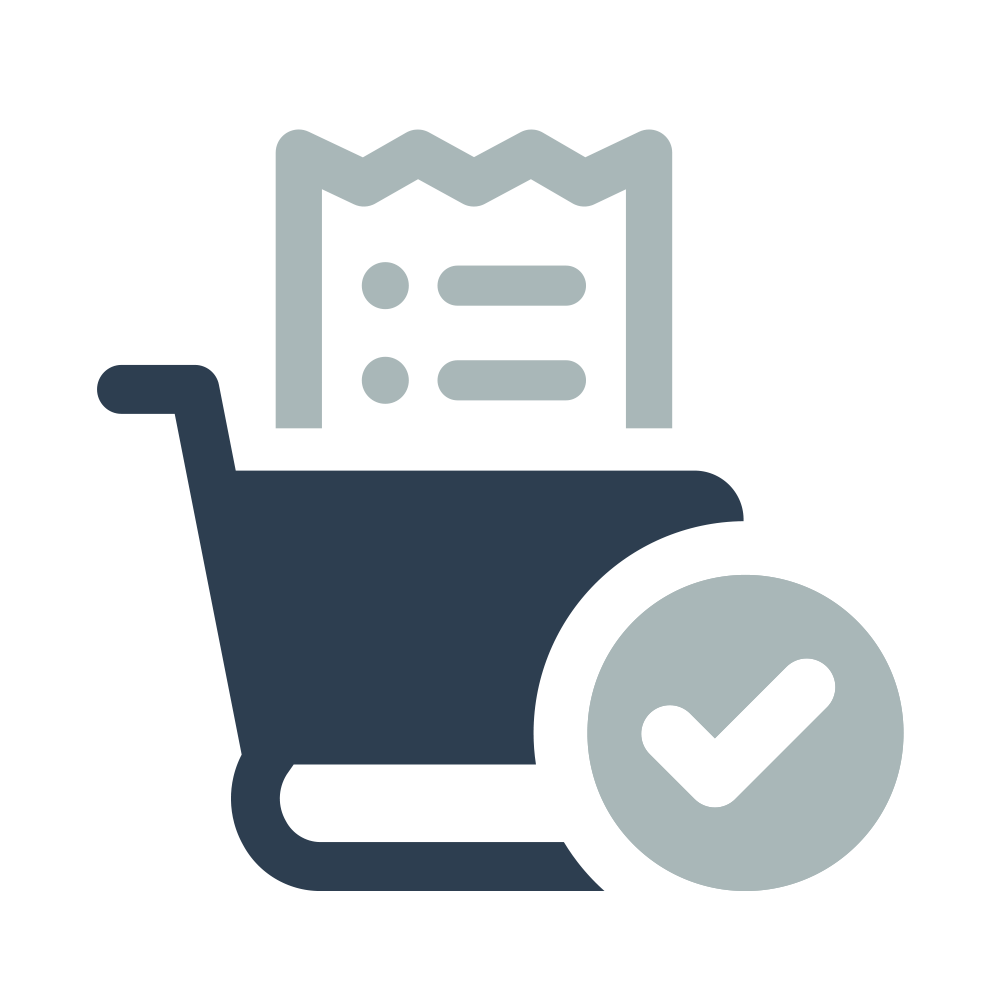STEM Grant Opportunities for Classroom Lab Supplies
Introduction
In today's rapidly evolving world, STEM (Science, Technology, Engineering, and Mathematics) education is more important than ever. Equipping classrooms with the necessary lab supplies can be a challenge, but fortunately, there are numerous grant opportunities available to help educators provide their students with the tools they need to succeed.
Importance of STEM Education
STEM education plays a crucial role in preparing students for the future. It fosters critical thinking, creativity, and problem-solving skills, which are essential in today's job market. By providing students with hands-on experiences in STEM subjects, educators can inspire a new generation of innovators and leaders.
Types of Grants Available
There are various types of grants available for classroom lab supplies, including federal, state, and private grants. Some notable examples include:
- Federal Grants: Programs like the National Science Foundation (NSF) offer grants to support STEM education initiatives.
- State Grants: Many states have their own grant programs to support STEM education in local schools.
- Private Grants: Organizations such as the Bill & Melinda Gates Foundation and Google provide grants to support STEM education.
Success Stories
Many schools have successfully secured grants to enhance their STEM programs. For example, a high school in California received a grant from the NSF to build a state-of-the-art robotics lab. This grant not only provided the necessary equipment but also funded training for teachers, resulting in a significant improvement in student engagement and learning outcomes.
Another success story comes from a middle school in Texas that received a grant from the Gates Foundation to implement a comprehensive STEM curriculum. The grant enabled the school to purchase lab supplies, software, and other resources, leading to increased student interest in STEM subjects and higher test scores.
Tips for Writing Proposals
Applying for grants can be a competitive process, but with careful planning and preparation, educators can increase their chances of success. Here are some tips for writing effective grant proposals:
- Research: Identify the grants that best fit your needs and eligibility criteria. Look for grants that align with your school's goals and objectives.
- Prepare: Gather all necessary documentation, including a detailed budget and project plan. Make sure to include information on how the grant will benefit your students and improve STEM education.
- Write: Craft a compelling grant proposal that clearly outlines the goals and benefits of your project. Use clear and concise language, and be sure to highlight the unique aspects of your program.
- Submit: Follow the application guidelines and submit your proposal before the deadline. Double-check for any errors or omissions, and consider having a colleague review your proposal for feedback.
Conclusion
Securing grants for classroom lab supplies can make a significant difference in the quality of STEM education. By taking advantage of these opportunities, educators can provide their students with the resources they need to thrive in STEM subjects and beyond. With the right approach and dedication, schools can successfully obtain funding to enhance their STEM programs and inspire the next generation of scientists, engineers, and innovators.




